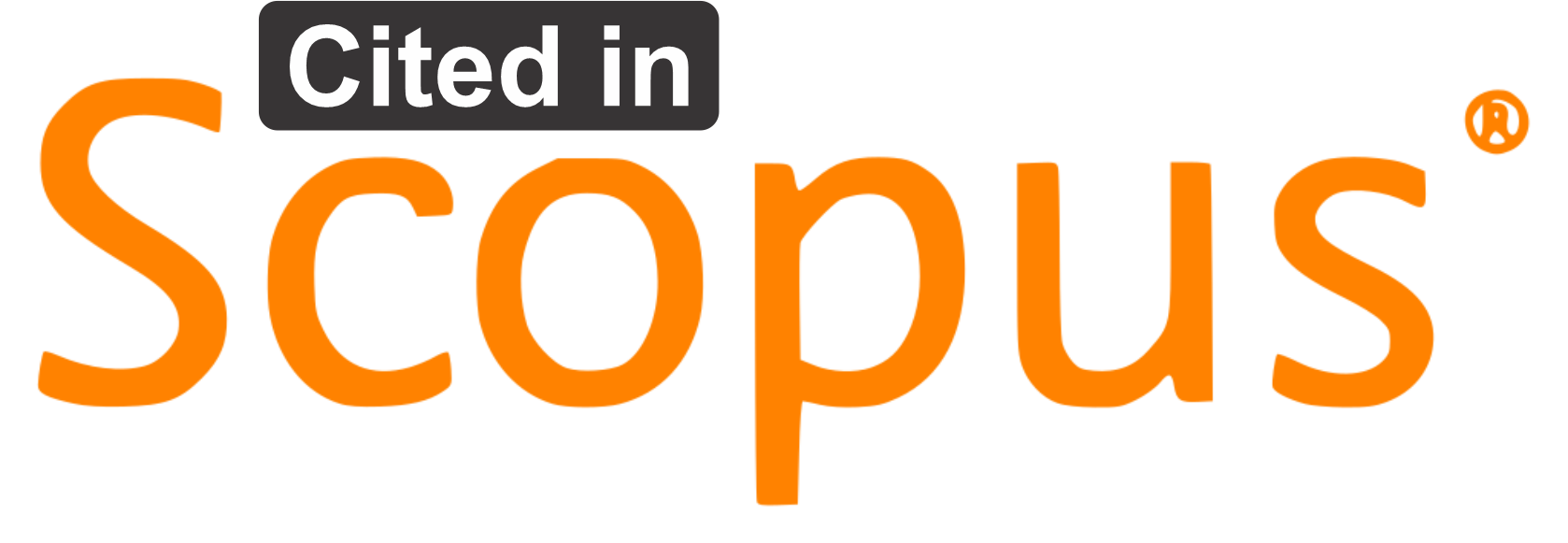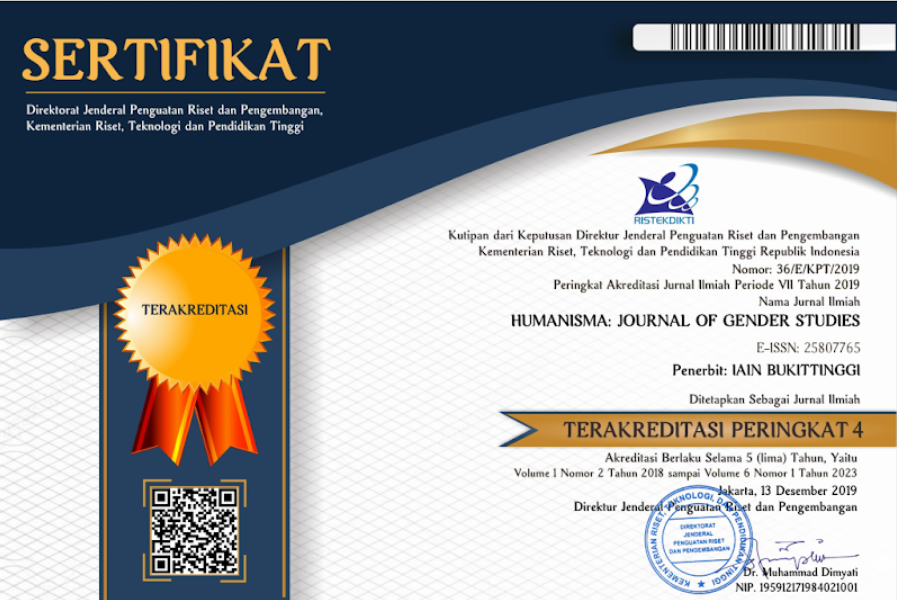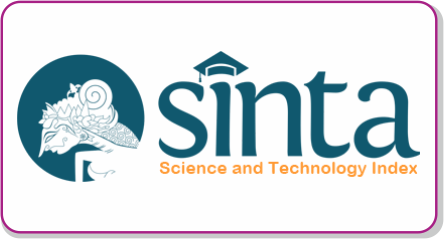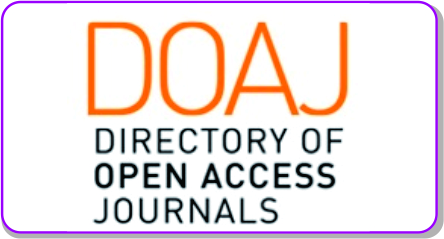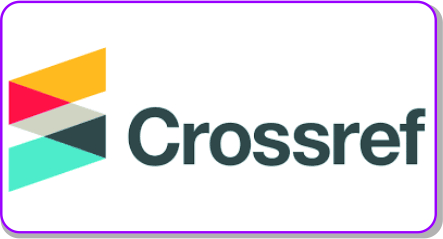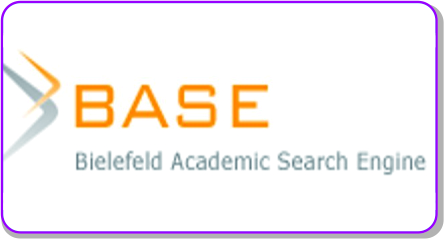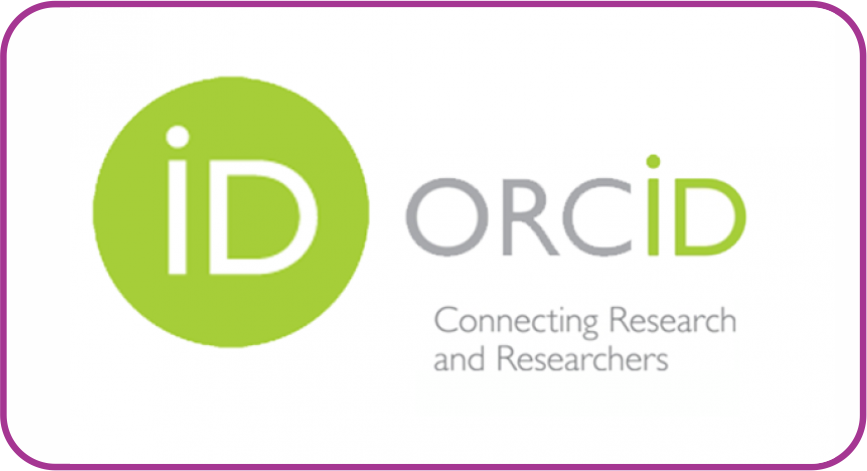EMPOWERING MUSLIMAH STUDENTS’ AWARENESS ABOUT THEIR COSTUME: DESIGNING ENGLISH MATERIAL FOR ISLAMIC HIGHER EDUCATION
DOI:
https://doi.org/10.30983/humanisme.v3i2.2526Keywords:
Hijab, English material, Research DevelopmentAbstract
Todays globalization has changed the lifestyle of Indonesian Muslim women, especially in college. Islamic values have been many abandoned by them. For example, we can see the ethics in dress and wear of hijab that has been far from Islamic sharia. As a speech says "Hijabi but naked". Many muslimah who use hijab but the beauty of body can still be seen by others. As if the use of hijab just follow the trend. The most feared thing is when the concept arises that the hijab is not an obligation for muslimah. To uncover this, as an educator, researchers feel obligated to bring back the muslimah students in accordance with the teachings of our prophet, Muhammad SAW. So this article designed the English materials about how to dress a muslimah based on Sunnah. This is development research, but focused on the design stage. The study resulted in the design of a valid English material after validated by the expert.References
Book
Al-Ghifari, Abu. Kudung gaul: Berjilbab tapi Telanjang. 2003. Bandung: Mujahid Press.
Borg, W.R & Gall, M.D. (1983). Educational research: an introduction (4th ed.) New York: Longman
Hutchinson, T., & Water, A. (1987). English for specific purposes: a learning-centred approach. Cambridge: Cambridge University Press
Mulyasa, E. 2003. Kurikulum Berbasis Kompetensi: Konsep Karakteristik dan Implementasi. Bandung: PT. Remaja Rosdakarya
Nunan, David. 2004. Task-Based Language Teaching. Cambridge: Cambridge University Press
Richterich, R and Chancerei. 1984. Identifying the Needs of Adults Learning a Foreign Languange. Council of Europe: Prentice Hall College
Journal
Fauzi, Ahmad, ‘Pakaian Wanita Muslimah Dalam Perspektif Hukum Islam Pendahuluan’, Jurnal Ekonomi Syariah, 1 (2016), 41–58 <http://ejournal.alqolam.ac.id/index.php/iqtishodia/article/download/56/61>
Hilma Pami Putri, ‘Analisa Kebutuhan Silabus Bahasa Inggris I Mahasiswa Perbankan Syariah’, JURNAL EKONOMIKA SYARIAH: Journal of Economic Studies, 2 (2018), 111–24
Reflianto, Farida Ariani, ‘Conscientiousness And Emotional Stability on Students’ Speaking Ability Through Flipped Classroom’, JURNAL EDUCATIVE: Journal of Educational Studies, 3 (2018)
ROZA, Veni, Hermawati SYARIF, Desmawati RADJAB, and M. ZAIM, ‘Textual Enhancement-Based Grammar Instructional Design for English Students’, in Advances in Social Science, Education and Humanities Research (ASSEHR), Volume 148 Sixth International Conference on Languages and Arts (ICLA 2017), 2017, CX, 1–7 <https://doi.org/10.2991/iselt-17.2017.1>
Syafitri, Widya, and Hayati Syafri, ‘Cultivating Students ’ Literacy About Bus Iness Morality By Using Sca Model in Digital Services’, in 3rd International Conference on Education, 2018, III, 333–44
Wijayanti, Ratna, ‘Jilbab Sebagai Etika Busana Muslimah Dalam Perspektif Al-Qur’an’, Cakrawala: Jurnal Studi Islam, 12 (2017), 151–70 <https://doi.org/10.31603/cakrawala.v12i2.1842>
Internet
Febrina, Yessa. 2014. Fenomena Gaya Busana Muslimah Kekinian (Studi Kasus pada Komunitas Hijabers di Kota Bengkulu). http://repository.unib.ac.id/9136/2/I%2CII%2CIII%2CI-14-yes-FS.pdf
Downloads
Submitted
Accepted
Published
Issue
Section
License
Authors who publish with this journal agree to the following terms:
- Authors retain copyright and grant the journal right of first publication with the work simultaneously licensed under a Creative Commons Attribution-ShareAlike 4.0. that allows others to share the work with an acknowledgment of the work's authorship and initial publication in this journal.
- Authors are able to enter into separate, additional contractual arrangements for the non-exclusive distribution of the journal's published version of the work (e.g., post it to an institutional repository or publish it in a book), with an acknowledgment of its initial publication in this journal.
- Authors are permitted and encouraged to post their work online (e.g., in institutional repositories or on their website) prior to and during the submission process, as it can lead to productive exchanges, as well as earlier and greater citation of published work (See The Effect of Open Access).



